Sous vide cooking is a technique in which vacuum-packed food is cooked in a water bath at a constant, relatively low temperature for a long time. Sous vide is a French term that literally means ' under vacuum' . Sous vide equipment is ideal for preparing meat, fish, poultry, vegetables, fruit, desserts, oils and even alcoholic beverages.
In the video below we explain in detail what sous vide cooking is exactly.
History of sous vide cooking
The development of the sous vide cooking technique has been a major breakthrough in the field of cooking. As with every breakthrough, there is a beautiful history preceding it. The technique has been in use since 1970 and originated in France.
In the beginning, sous vide was only used to extend the shelf life of products. In 1974, two French chefs changed that. Pierre Troisgros , a three-star chef from Roanne, wanted to prepare his foie gras in a different way because up to 50 percent of the weight is lost in the traditional preparation. He decided to come up with a solution for this together with his colleague chef Georgess Pralus.
They came to the conclusion to wrap the foie gras in food-safe plastic wrap, after which they cooked it at different temperatures. After a few tries they had found the right temperature, the result: a weight loss of 5 percent. From then on Pralus went through life as “the father of sous vide” or as he himself said “the sous vide pope”.
[product=ivide-circulator-stick-2-0]
The go-to sous vide stick!
[/product]
From star cuisine to every kitchen
Pralus was the one who went to restaurants and introduced other chefs to the technique. Due to the developments in the technical field and the increase in the supply of sous vide cooking techniques, it is becoming increasingly accessible to purchase a sous vide device, especially for private use. A quality that was previously only achievable in a top restaurant can now also be found in your kitchen at home.
What are the benefits of sous vide cooking?
The sous vide preparation ensures that the maximum quality of each product is used in terms of texture, taste and nutrients ! For all the ins and outs about the advantages that sous vide cooking offers and a comparison with traditional techniques, I would like to refer you to this article , in which this is discussed extensively. In addition, you can cook healthier with sous vide!
Step by step sous vide cooking
In this article I will explain step by step how to prepare the perfect piece of meat, fish or poultry using the sous vide cooking technique. Vegetables and fruit are also covered. It is a standard process that must be performed every time.
Preparing sous vide cooking
It is important to set up the sous vide appliance and the sous vide container before you start working on the food. This ensures that you can start sous vide cooking immediately after pre-processing your food.
Fill the sous vide container with warm water. Please note that the water should be between the minimum and maximum amount indicated on the sous vide device. This ensures that the sous vide device can optimally circulate the water through the container at a constant temperature.
Turn on the sous vide device and set the desired cooking time and temperature. The device will heat the water until this temperature is reached and will give an audible signal when this is done.
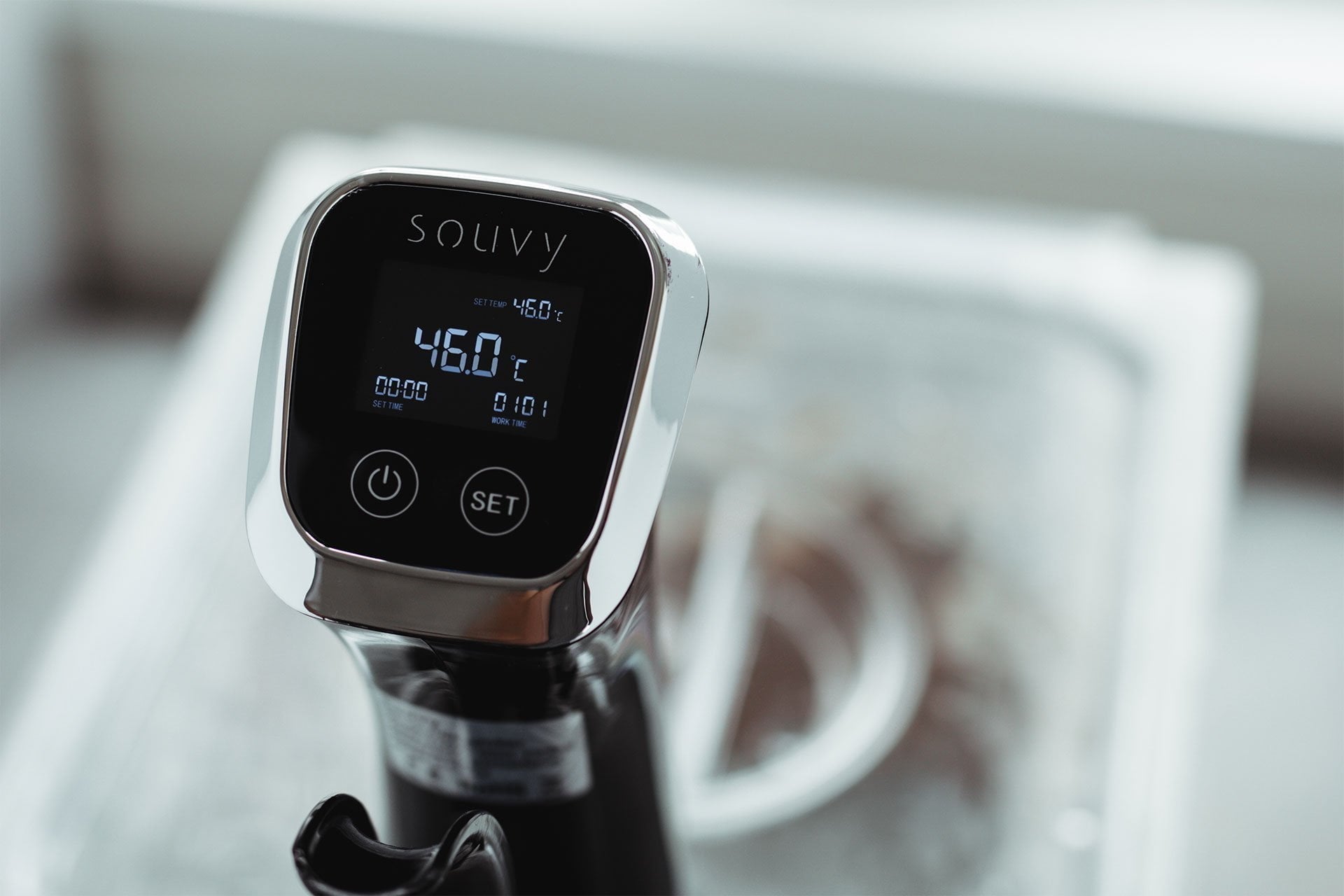
Pre-treatment for sous vide cooking
Prepare the product according to the steps below. A tenderloin requires a different preparation than a salmon fillet. That is why it is important that each product type is treated in the right way. To make this as clear as possible, we have created a step-by-step plan per product type below.
Meat
- Boning: this is where you remove any bones from the meat. This is usually only the case when buying large unprocessed pieces of meat.
- Removing membranes: Remove the top membrane layer from the product by cutting away the layer with a filleting knife, if present.
- Paring: This is the process of removing the nerves and unwanted fat from the piece of meat.
- Portioning: cut the meat into desired pieces. Not too small, the more it remains a whole, the better the juices are preserved.
- Drying: pat the product dry with kitchen paper.
Poultry
- Parry: cut away excess meat, fat and sinew. Tip: don't throw this away, but use these parts to make a stock.
- Brideren: this is the tying up of a poultry, only applicable to a whole chicken for example. This ensures that the shape of the product is retained during preparation.
- Portioning: cut the meat into desired pieces.
- Drying: rinse briefly under the cold tap and dry with kitchen paper.
Fish
- Scaling: removing the scales. Use a special scraper or the blunt side of a knife and work from tail to head, so against the grain.
- Debearding: this is the removal of the fins. For this you need a pair of fish scissors or a sharp knife. Again, against the grain for a firmer grip.
- Filleting: Use a filleting knife to cut the fillet from the bone.
- Deboning: Use tweezers to remove the bones from the fillet.
- Portioning: cut the fish into desired portions.
- Drying: rinse the fish under a cold tap and pat dry with kitchen paper.
Fruit
- Washing: wash the fruit under the cold tap.
- Peeling: Peel the fruit when desired for the recipe. Be careful! With hard fruit, the outside quickly turns brown because it comes into contact with oxygen. You can prevent this by sprinkling the fruit with citrus juice, for example.
- Portioning: cut the fruit as desired.
- Soft fruit is very delicate. It is important to wash it first and then let it drain before removing the crowns and/or stalks. This is because the crowns/stalks otherwise suck too much water into the fruit.
- Citrus and exotic fruits require no preparation other than washing and are often used raw in sous vide recipes .
Vegetable
- Wash the vegetables under the cold tap. Do not do this for too long, because vitamin C is soluble in water and we do not want vitamins to be lost.
- Peel the vegetables, if necessary.
- Cut the vegetables. Do not do this finer than necessary to prevent the loss of valuable vitamins.
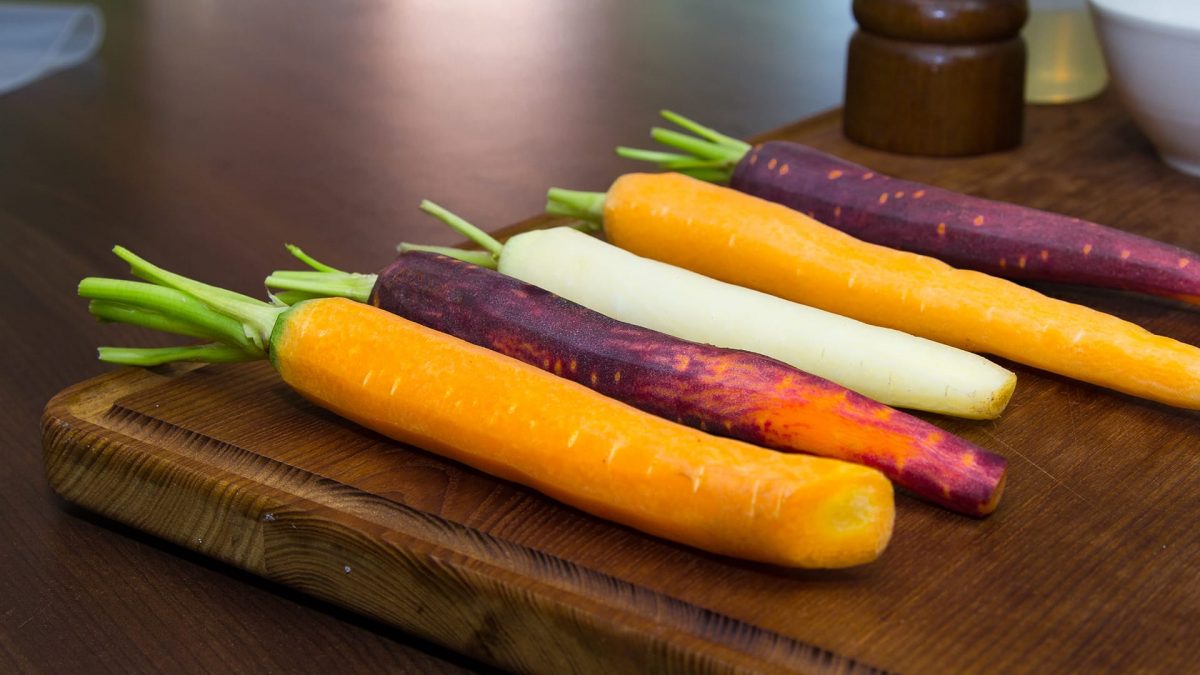
Shellfish
- Removing scissors: Remove the scissors using a twisting motion.
- Remove head: Grab the head with one hand and the body with the other. Then twist in opposite directions and remove the head.
- To remove the shell: gently squeeze the shell and break it open. Try to keep the meat of the crustacean intact.
- Drying: Rinse the crustacean under cold water and pat dry with paper towels.
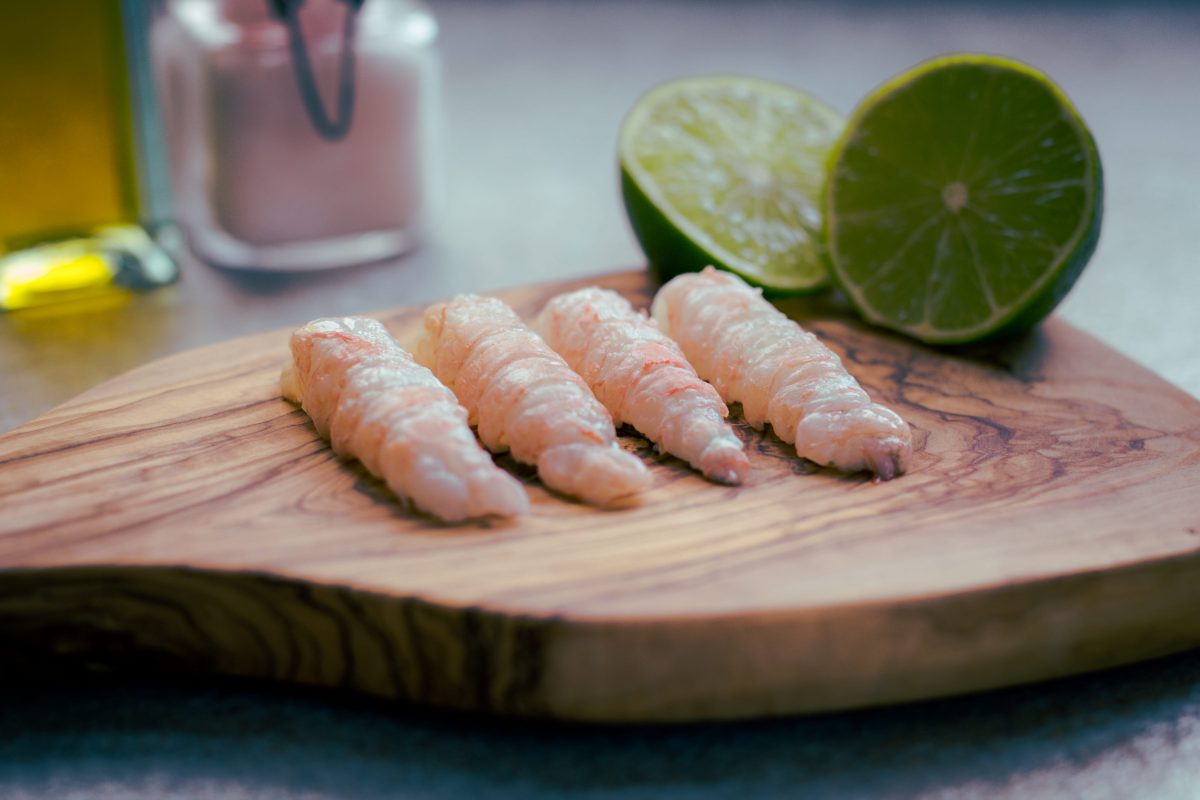
Tip: process the product quickly so that it does not become too hot, otherwise it may lose structure.
Sous vide times and temperatures
Each product has its own perfect temperature and time. For example, pulled pork is best cooked for 24 hours and scallops for only 30 to 40 minutes. To make it easy for you, we have created an overview of all times and temperatures. Whether it is fish, vegetables or game, all temperatures are listed. You can find them here! The times and temperatures give you an indication, try to find out for yourself which cooking you like best, tastes differ! The times and temperatures of the most popular meat products are summarized below:
- Spareribs – 74 degrees for 8 hours
- Pork tenderloin – 55 degrees for 90 minutes
- Pulled pork – 70 degrees for 24 hours
- Steak (medium rare) – for 50 minutes
- Ribeye – 54 degrees for 40 minutes
Can you cook sous vide for too long?
In principle, you cannot cook sous vide for too long, as the core temperature never exceeds the set point on the sous vide appliance. However, it can happen that the structure of products changes, and that is not always pleasant. Therefore, always keep the time and temperature according to the schedule, otherwise you run the risk of one of these things happening:
- Cuts of meat that lose their structure, such as a ribeye
- Fish falling apart
- Vegetables that lose their color
Can I place vacuum-packed products directly into the water bath?
You have bought a piece of meat or fish that has already been vacuum-packed by the butcher or fishmonger and you want to cook it sous vide, is that possible? The plastic that is used is often cheaper than sous vide bags. We therefore always recommend removing pre-packaged products from the bag and vacuum-packing them with our bags . This way you can be sure that no harmful substances are released and you prevent the bag from tearing. Proper vacuuming means that as much air as possible is removed from the bag and that a good seal strip is applied.
[product=vacuum bags]
Suitable for sous vide cooking
[/product]
How much water should I use when sous vide cooking?
Most sous vide devices have an indication on the device of how much water should be in the pan or container . In addition, most devices also give a signal when the water is not at the right level. In the base, it should be filled to a depth of at least 20 centimeters, but this can differ per device.
[product=sous-vide-bak]
Choose your size [/product]
Marinades for sous vide cooking
Many people wonder if they should marinate a product before cooking it sous vide. The answer depends on what is being cooked and what your desired result is.
In general, a marinade is used to flavour a product or to enhance the original flavour. Marinades can be divided into a number of types. These are named and explained below.
Flavoured marinades
-
Dry rub
A mixture of dried herbs and spices. No moisture is added to this marinade. The salt in the rub ensures that moisture is extracted from the meat, which makes the marinade liquid by itself. If sugar is added to the rub, this leads to a nice caramelized crust when the product is processed. -
Marinade paste
This is basically the same as a dry rub, except that a liquid product is added. It is also called a wet rub. Often these marinades contain oil. -
Fresh herbs
It is common to add flavor to a product by simply adding a few sprigs of herbs such as rosemary, thyme, sage or oregano.
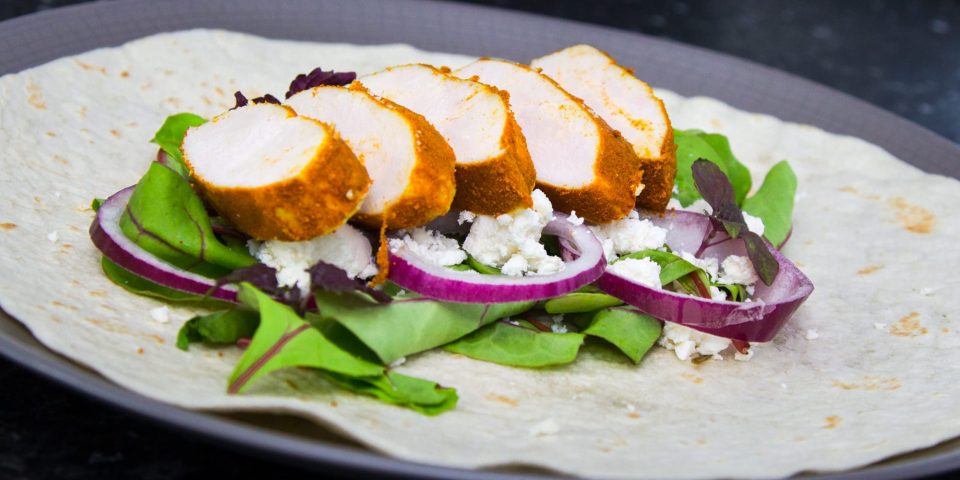
Texture marinades
These are marinades that are added with the aim of making meat even more tender. The acids and/or enzymes in these marinades start a process that changes the texture in such a way that the tenderness is improved.
These marinades are almost always in the form of a wet rub, because liquid has been added. Well-known additions are: vinegar, wine, fruit juice and beer.
There are a few reasons why it is not recommended to use marinades with such an addition for sous vide preparation:
- First of all, it is not necessary. Due to the constant cooking at low temperature, the product is already brought to the desired doneness, which makes such a marinade unnecessary.
- Secondly, there is no evaporation during sous vide cooking due to the vacuum packaging. Liquid inside the bag cannot evaporate, which means that the alcohol is not reduced in alcoholic marinades.
- Finally, in marinades with a high acid content, as well as in alcohol, nothing evaporates, which would bitter and negatively affect the taste of the product.
Which marinade?
I recommend using a marinade that is purely aimed at improving the taste of the product. It is important to let the marinade soak into the product for an optimal result. A vacuum device is ideal to speed up this process, where the traditional soaking can take hours.
Make sure the marinade is non-alcoholic and low in acid. If this is the case, boil the marinade first to reduce the alcohol and acids. A good example of this is this recipe for stewed pear .
Vacuum packaging for sous vide cooking
There are four ways to vacuum pack food for sous vide cooking. In this blog we will discuss the four possibilities in detail. Here we will discuss the two most obvious methods, namely the sous vide bags and the vacuum bags .
[product=sous-vide-bags-value-pack]
Start vacuuming!
[/product]
Sous vide bags
First, determine which size sous vide bag you need, depending on the size of the product and the amount you want to prepare. The bags are available in two sizes: 20 x 30 centimeters and the rolls where you can determine the length yourself. Lay the bag flat and open it with your fingers so that the product can be easily placed in it. Then put the ingredient in the bag and add any herbs or spices. Also pay attention to hygiene.
[product=vacuum bags]
The vacuum bags are embossed and are packed per 100.
[/product]
The herbs must be thoroughly cleaned under lukewarm water before being added. Once everything is in the bag, it is important to make it airtight, there is a handy trick for this. Close the sous vide bag at the top for ¾, then lower the bag into the preheated sous vide container so that the water pressure presses the remaining air out of the bag. When the sous vide bag is almost completely under water, press the last part of the bag closed. 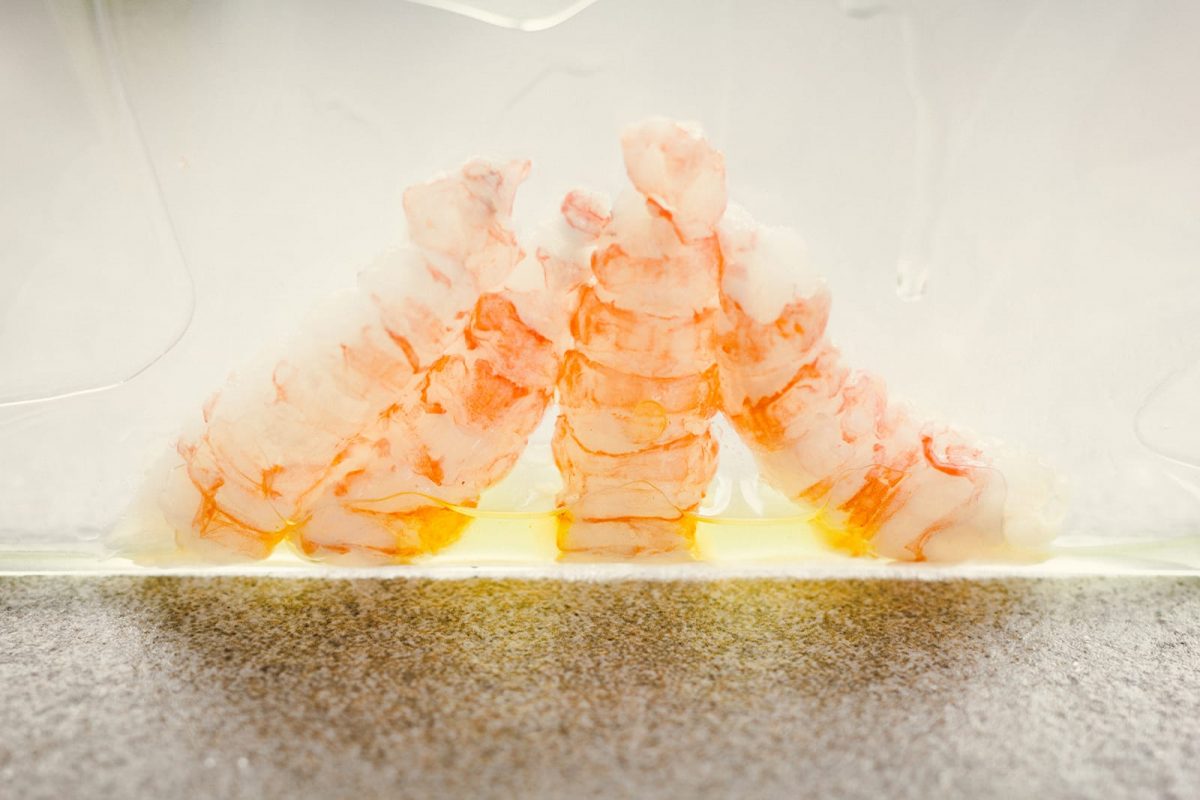
Vacuum bag
It is also possible to vacuum pack the food using a vacuum bag and a vacuum device. Open the vacuum bag and put the marinated product in the bag, add some oil, herbs or spices if necessary. Make sure that the food is at the bottom of the bag and that the ends of the bag are moisture-free at the top. Place the ends in the vacuum device, close it and press the button to remove the air from the vacuum bag. The bag can now be placed in the preheated water bath and the timer can be started. 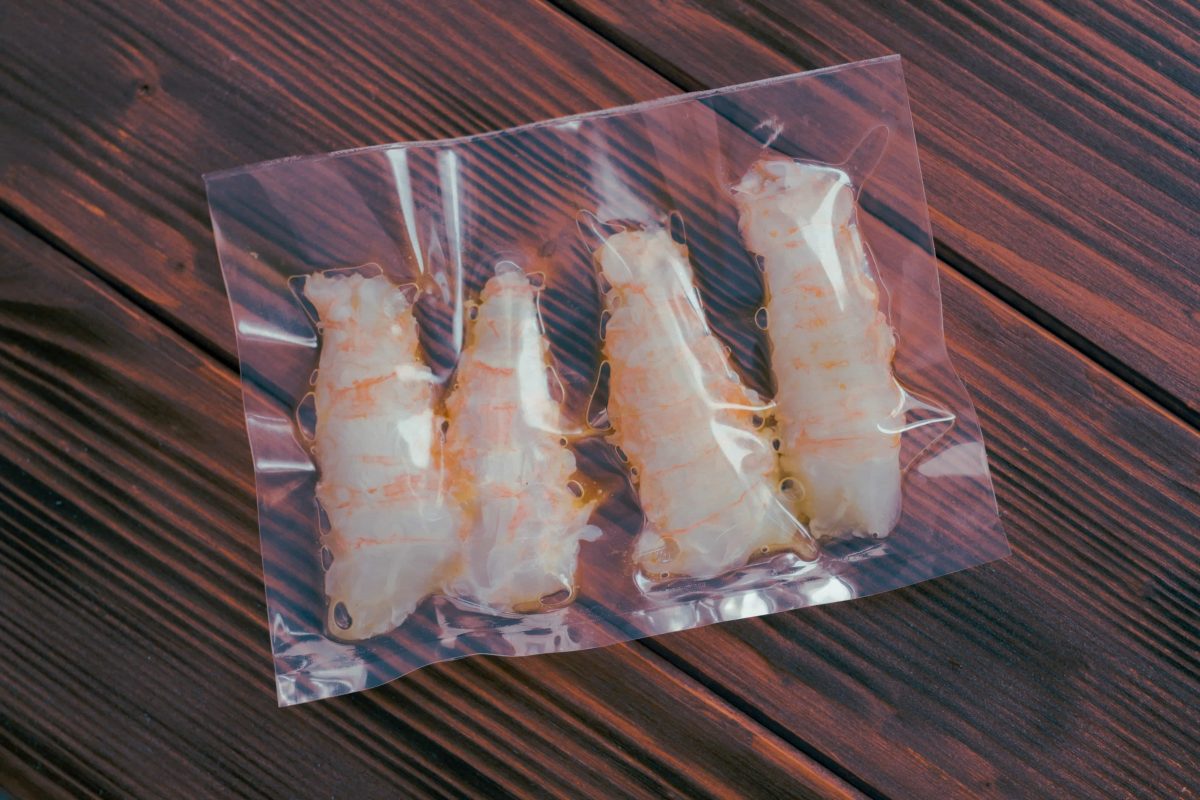
Sous vide cooking
After you have put the product in the sous vide container, you do not have to do anything until the timer goes off. This does not mean that nothing happens. When cooking a product, a process takes place. This process can affect the texture and structure of the product.
However, this is not the case with sous vide cooking, because of the preparation at the ideal core temperature of the product. Because the water circulates through the sous vide container at a constant temperature and the product is vacuum packed, the structure is nicely preserved.
Example
Take steak for example, a piece of meat that can be cooked in many ways. The steak contains muscle tissue. If you heat this above a temperature of 60ºC, this muscle tissue will solidify. This leads to a grainy structure in the meat.
To prepare a beautiful pink steak, the core temperature of the sous vide device must be below 60 degrees. The steak is now only cooked and still needs to be fried.
A Maillard reaction , creating a nice brown crust, is only possible at temperatures around 140ºc. Because there is a lot involved in preparing the perfect steak, we have written a manual that guides you every step of the way. It also describes in which ways you can add this Maillard reaction to the steak.
Nutrients and flavourings
Because it is cooked in a vacuum bag and at a low temperature, all the nutrients and flavours of the product are retained. In contrast to traditional cooking techniques, many important substances are lost. For example, the traditional cooking of vegetables ensures that these substances are cooked 'to death'. Moreover, it is at the expense of the texture, which makes vegetables limp.
Shelf life
One of the biggest advantages of sous vide cooking of your product is the extended shelf life. The vacuum seals the product in an airless package, which prevents the oxidation of the food. This slows down the 'aging' of the product. The shelf life can be extended up to 5 times .

Post-processing in sous vide cooking
Once the timer goes off on your sous vide device, it is time to post-process the product. I will name and explain the different ways of post-processing below.
Consume directly
You can choose not to process the product. Just season it with some salt and pepper and then enjoy. 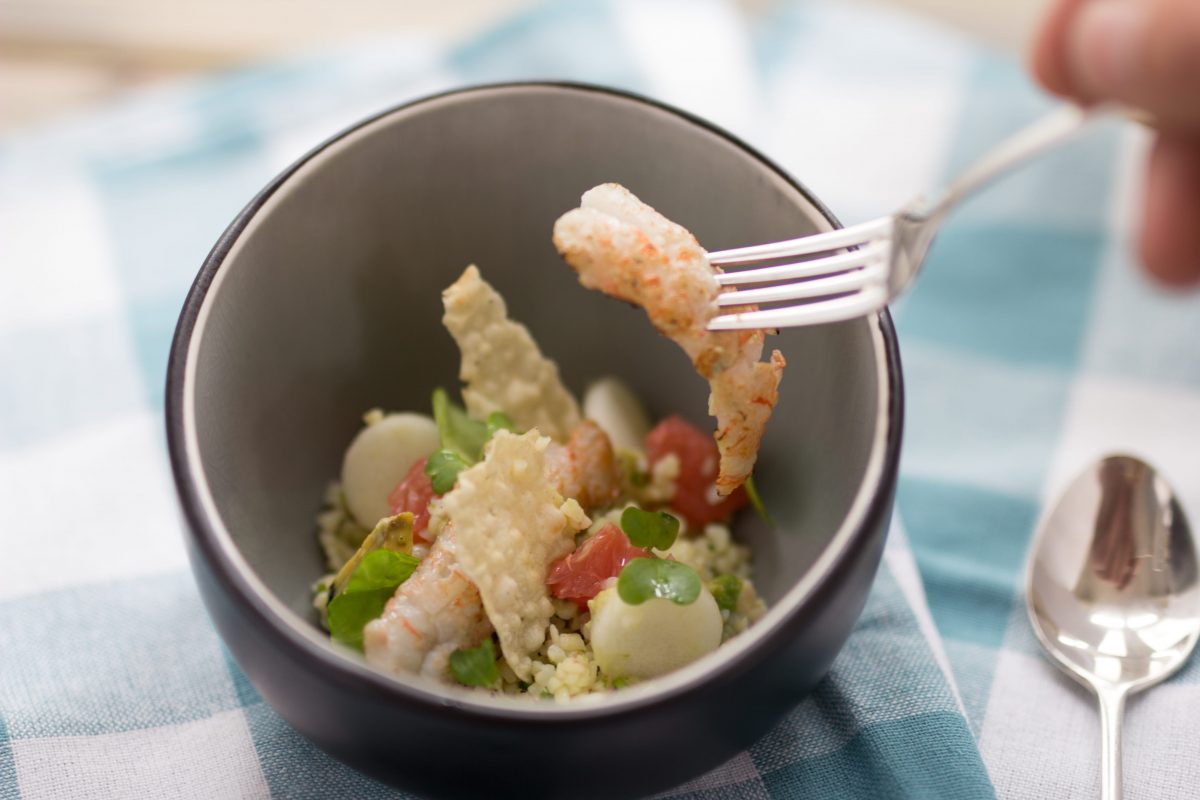
Baking
Add a dash of oil to a pan and place it on high heat. Once the oil is hot, fry the product briefly on both sides, so that a nice crispy layer is created. Make sure you do not fry it for too long to prevent the product from cooking further. Then season it with salt and pepper and serve immediately.
Burn down
This is the ideal way to post-process a sous vide cooked product. When the product comes out of the sous vide container, it is already perfectly cooked. You want to avoid further cooking the product with the post-processing. This can be done by burning it off with a kitchen torch .
[product=kitchen burner]
Take care of your equipment!
[/product]
A kitchen burner can be brought to a very high temperature almost immediately, which offers the possibility of post-processing the product shortly afterwards.
- Grab a kitchen torch and make sure it is set to an appropriate strength depending on what you want to burn.
- Place the product, for example langoustines, down and hold the kitchen burner at a distance of 10-20 cm.
- Burn until the product has the desired color and serve immediately with the rest of the dish. The result is a perfectly cooked product with a nice burnt flavor.
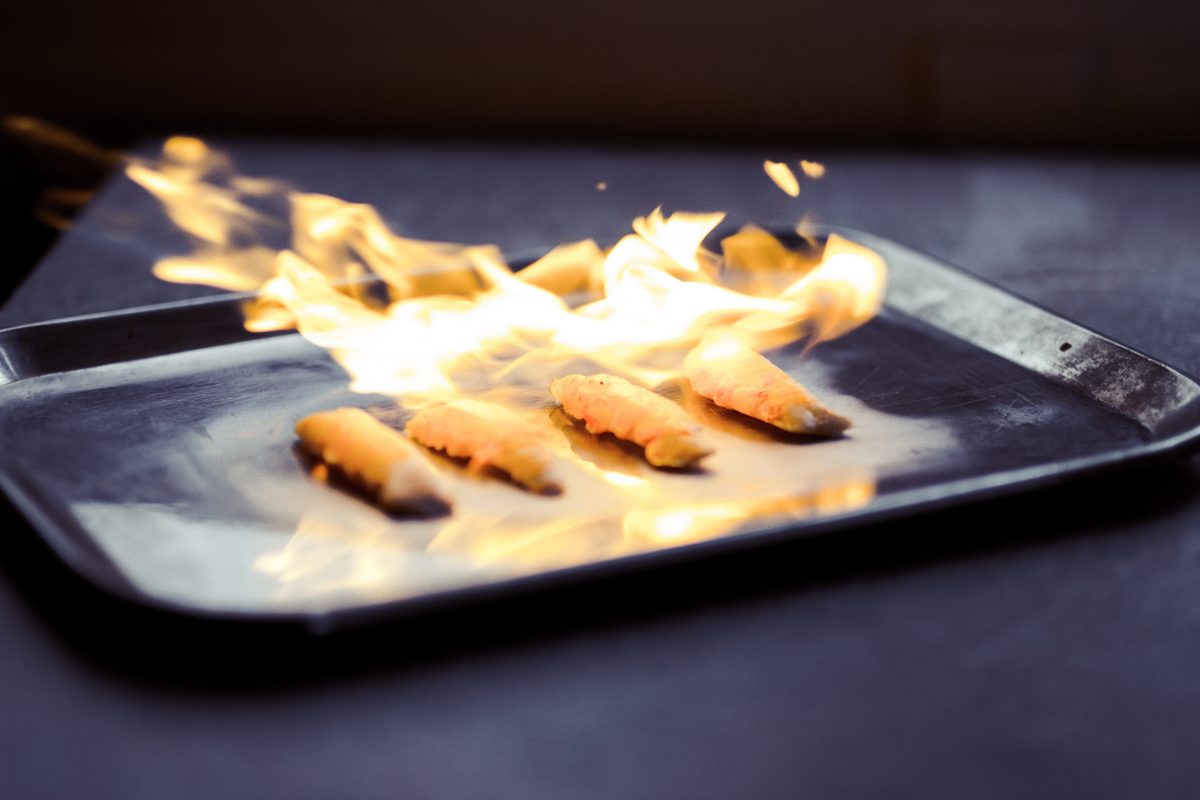
Grilling
This is one of my favorite ways of finishing because of the characteristic smoky flavor it creates. Make sure the grill pan or barbecue is nice and hot before you put the product on it. After all, the goal is to only create a golden brown crust and not to cook the product further.
Cooling down
Refrigeration is the process of rapidly cooling a product to prevent the growth of bacteria and thus extend its shelf life. You do this when you have prepared food, but do not intend to consume it immediately. It is important that this process is completed quickly .
Fast means that the product must be cooled from 70 degrees to 3 degrees within a period of 90 minutes. This contributes to both the food safety of the product and to ensuring the texture, taste and nutrients.
Regenerate
Regenerating or reheating sous vide cooked products can be done in different ways. Below are 2 of those ways highlighted:
-
Method 1:
Turn on the sous vide device and heat the vacuum-packed products in the sous vide container at a temperature of +/- 50 degrees. The product has already been prepared sous vide in advance and only needs to be heated up, so this low temperature is sufficient. The time it needs to regenerate depends on the product. The advantage of sous vide in this case is that the product never becomes overcooked due to the constant low temperature. -
Method 2:
Preheat the oven to 120 degrees. Remove the products from the vacuum packaging and place them in the preheated oven. It is important that the oven does not get too hot to prevent the products from overcooking. The advantage of the oven is that the product is heated up quickly, but the disadvantage remains that the product is overcooked more quickly.
Do you need to clean a sous vide appliance?
With sous vide cooking, you basically don't have to worry about a major cleaning. However, we do recommend descaling the sous vide appliance every now and then. You can read all about it in this blog.
[product=sous-vide-cleaning-powder]
Take care of your equipment!
[/product]
All the possibilities of sous vide cooking
Now that you are familiar with the steps for sous vide cooking of meat, poultry and fish, it is time to discover what other possibilities a sous vide appliance has. For a clear overview of all possibilities, you can go to our sous vide recipes. The appliance is namely excellent for melting chocolate perfectly to make the most delicious chocolate strawberries.
Speaking of fruit, it is delicious to prepare sous vide. Something you should try. See the recipe for pineapple . And what about gin and tonic, the well-known drink with juniper berries. In this blog you will learn how to prepare your own gin and tonic sous vide!
Start sous vide cooking today
After all this information, you probably can't wait to get started. We're happy to help you get started. Get started right away with the most impressive cooking technique using the sous vide packages . Or view an extensive range of sous vide equipment here.
[product=sous-vide-complete-package]
Start sous vide cooking today!
[/product]
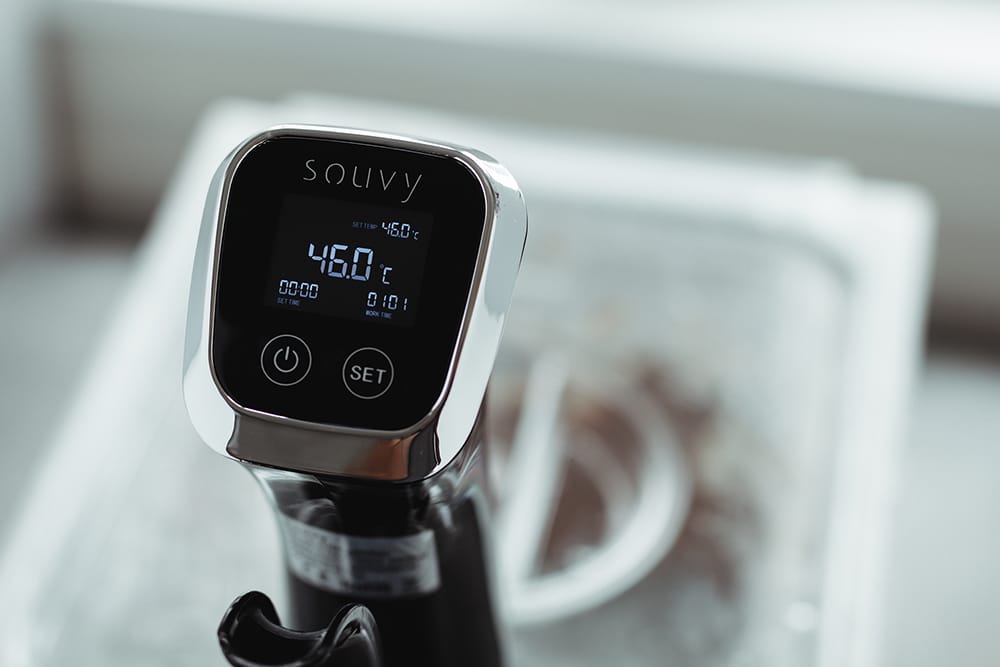
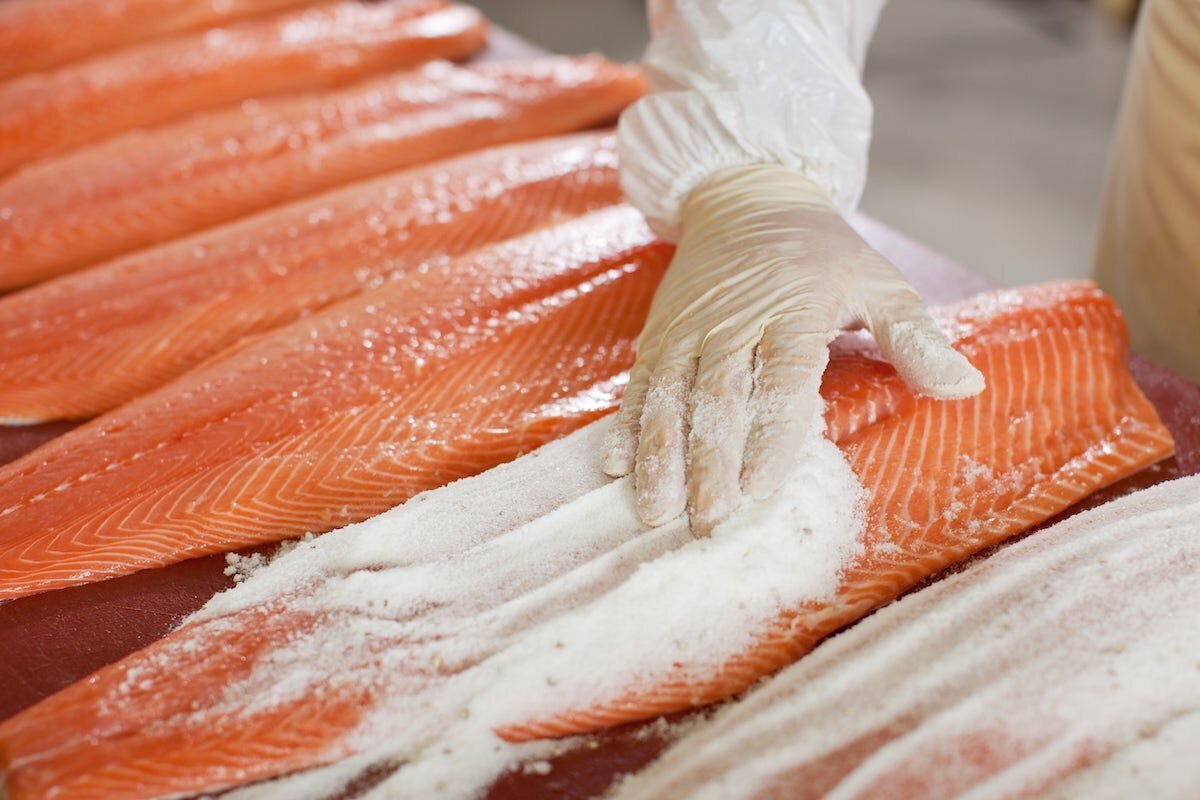
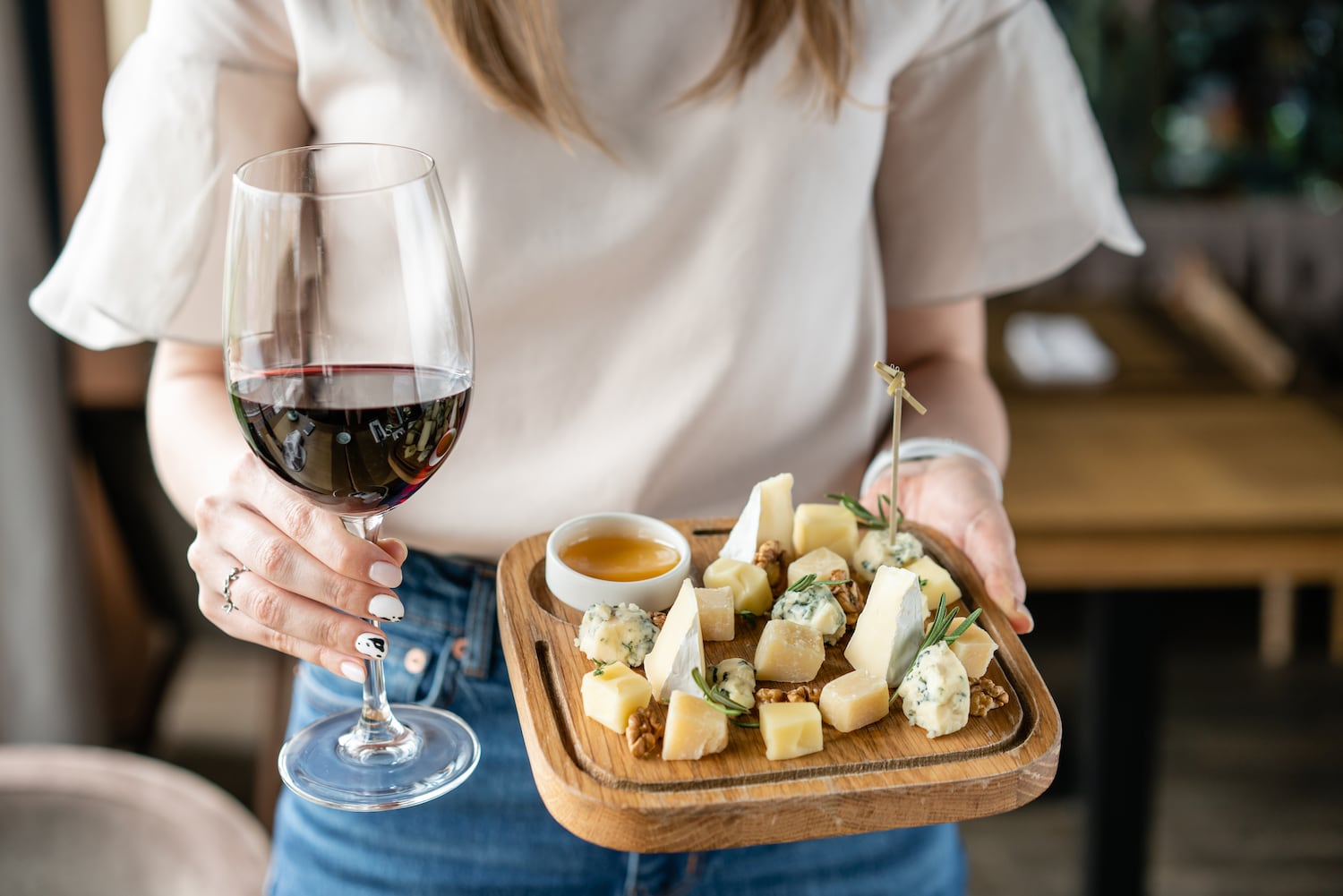
27 comments
Patrick Samaey
Als ik bv een côté a Los klaar maak en ik stel 3u in op 53 graden, als die 3u voorbij is moet en ik wil nog wachten met eten moet ik dan dat bleed uithalen of laat ik dit gewoon in het water of zal dit verder garen houd de sous vide automatisch het water wzrm
Dirk
Hi, ik heb zojuist voor het eerst ossenhaas gemaakt via mijn Anova slow cooker. Temperatuur 53C (vlees was 2 a 3 cm dik), 1h40 lang. Toen ik het vlees uit de zak haalde zag ik scheuren in de ossenhaas stukken zitten. Is dit normaal? Ik vraag me af of (alle) sappen dan niet uit het vlees zijn gelopen en dit dus ten koste gaat van de smaak? Na het afbakken in de pan zaten er nog steeds wat scheuren. Wat moet ik doen om te voorkomen dat de ossenhaas niet scheurt of gebeurt dit altijd?
Bedankt. Dirk
Rien Heemskerk
Hoe controleer je de kern temp. terwijl het product nog gevacumeerd is
yu-givan@hotmail.com
Hi Jeannet,
Ja zeker! Let goed op bij de aankoop of de zakken de temperatuur aankunnen. Bij onze producten weet je zeker dat alles 100% voedselveilig is.
jeannetvdb@gmail.nl
Beste
Is het belangrijk om bepaalde plastic zakken te gebruiken ivm het loslaten van plastic deeltjes
Groet
Jeannet van den Berg
Leave a comment
This site is protected by hCaptcha and the hCaptcha Privacy Policy and Terms of Service apply.